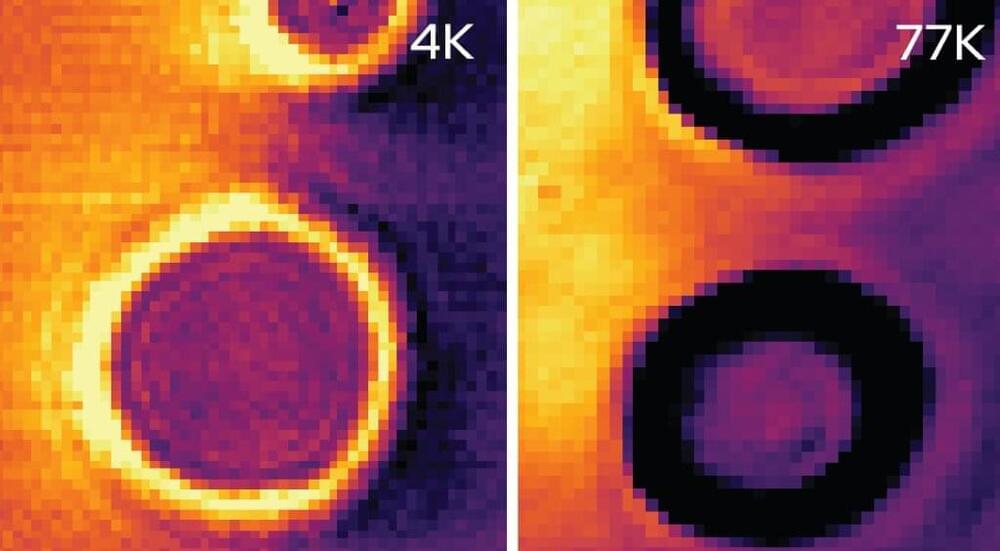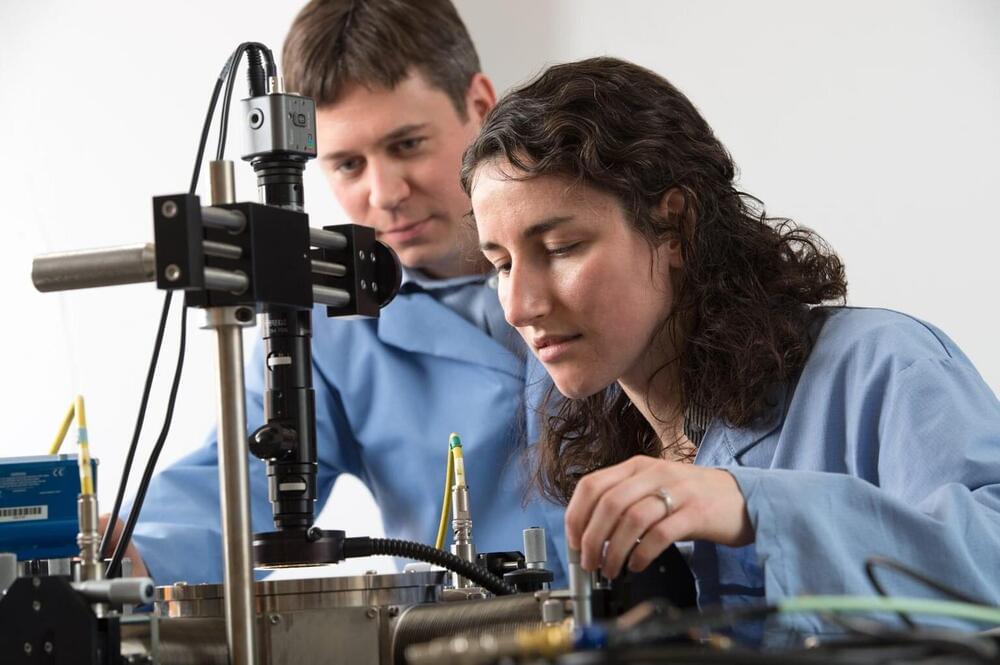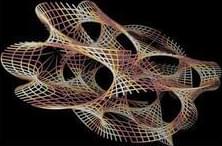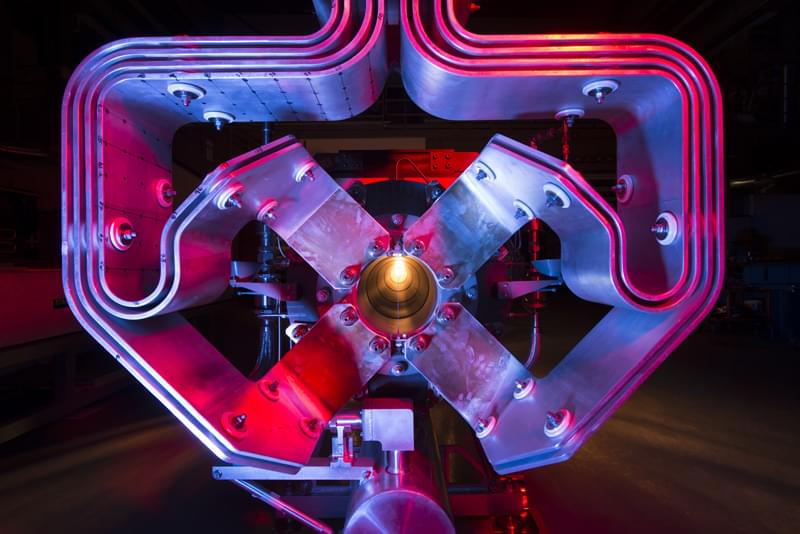Andrew Strominger is a theoretical physicist at Harvard. Please support this podcast by checking out our sponsors:
- Eight Sleep: https://www.eightsleep.com/lex to get special savings.
- Rocket Money: https://rocketmoney.com/lex.
- Indeed: https://indeed.com/lex to get $75 credit.
- ExpressVPN: https://expressvpn.com/lexpod to get 3 months free.
EPISODE LINKS:
Andrew’s website: https://www.physics.harvard.edu/people/facpages/strominger.
Andrew’s papers:
Soft Hair on Black Holes: https://arxiv.org/abs/1601.00921
Photon Rings Around Warped Black Holes: https://arxiv.org/abs/2211.
PODCAST INFO:
Podcast website: https://lexfridman.com/podcast.
Apple Podcasts: https://apple.co/2lwqZIr.
Spotify: https://spoti.fi/2nEwCF8
RSS: https://lexfridman.com/feed/podcast/
Full episodes playlist: https://www.youtube.com/playlist?list=PLrAXtmErZgOdP_8GztsuKi9nrraNbKKp4
Clips playlist: https://www.youtube.com/playlist?list=PLrAXtmErZgOeciFP3CBCIEElOJeitOr41
OUTLINE:
0:00 — Introduction.
1:12 — Black holes.
6:16 — Albert Einstein.
25:44 — Quantum gravity.
29:56 — String theory.
40:44 — Holographic principle.
48:41 — De Sitter space.
53:53 — Speed of light.
1:00:40 — Black hole information paradox.
1:08:20 — Soft particles.
1:17:27 — Physics vs mathematics.
1:26:37 — Theory of everything.
1:41:58 — Time.
1:44:24 — Photon rings.
2:00:05 — Thought experiments.
2:08:26 — Aliens.
2:14:04 — Nuclear weapons.
SOCIAL:
- Twitter: https://twitter.com/lexfridman.
- LinkedIn: https://www.linkedin.com/in/lexfridman.
- Facebook: https://www.facebook.com/lexfridman.
- Instagram: https://www.instagram.com/lexfridman.
- Medium: https://medium.com/@lexfridman.
- Reddit: https://reddit.com/r/lexfridman.
- Support on Patreon: https://www.patreon.com/lexfridman



